August 19, 2025
Top 10 Galápagos Experiences That Bring Lessons to Life
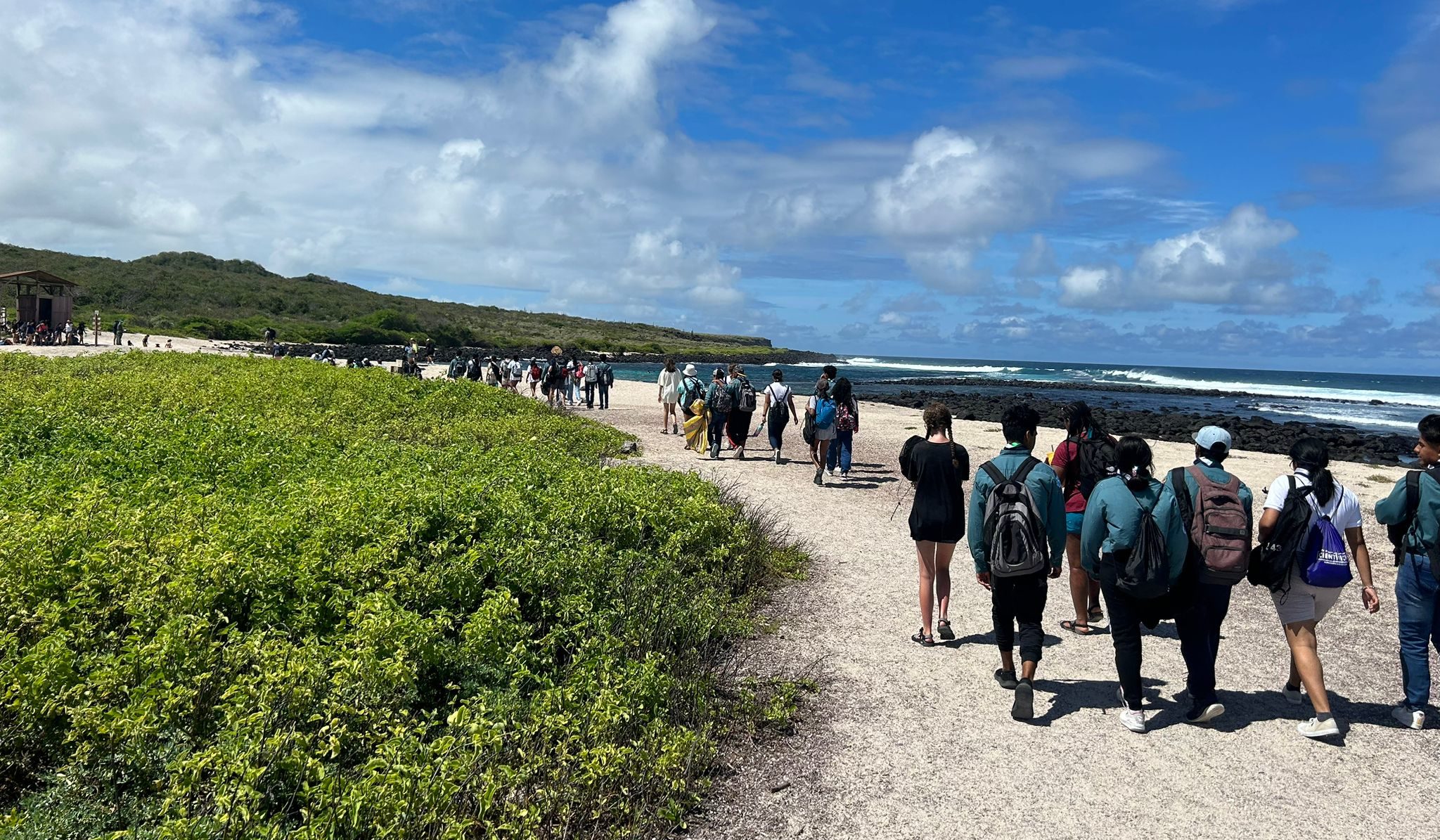
The Galápagos Islands are one of the world’s greatest living classrooms. Every hike, snorkel, and wildlife encounter sparks curiosity, and these moments can easily be tied back to meaningful lessons once students return home.
When planning the perfect educational itinerary, it’s important to align activities with your class’s learning goals while still leaving room for awe-inspiring moments that the Galápagos naturally provides.
Here are 10 unforgettable Galakiwi experiences, what students can learn from them, and how teachers can bring those lessons back into the classroom.
1. Snorkeling with Sea Lions – Marine Ecosystem Connections
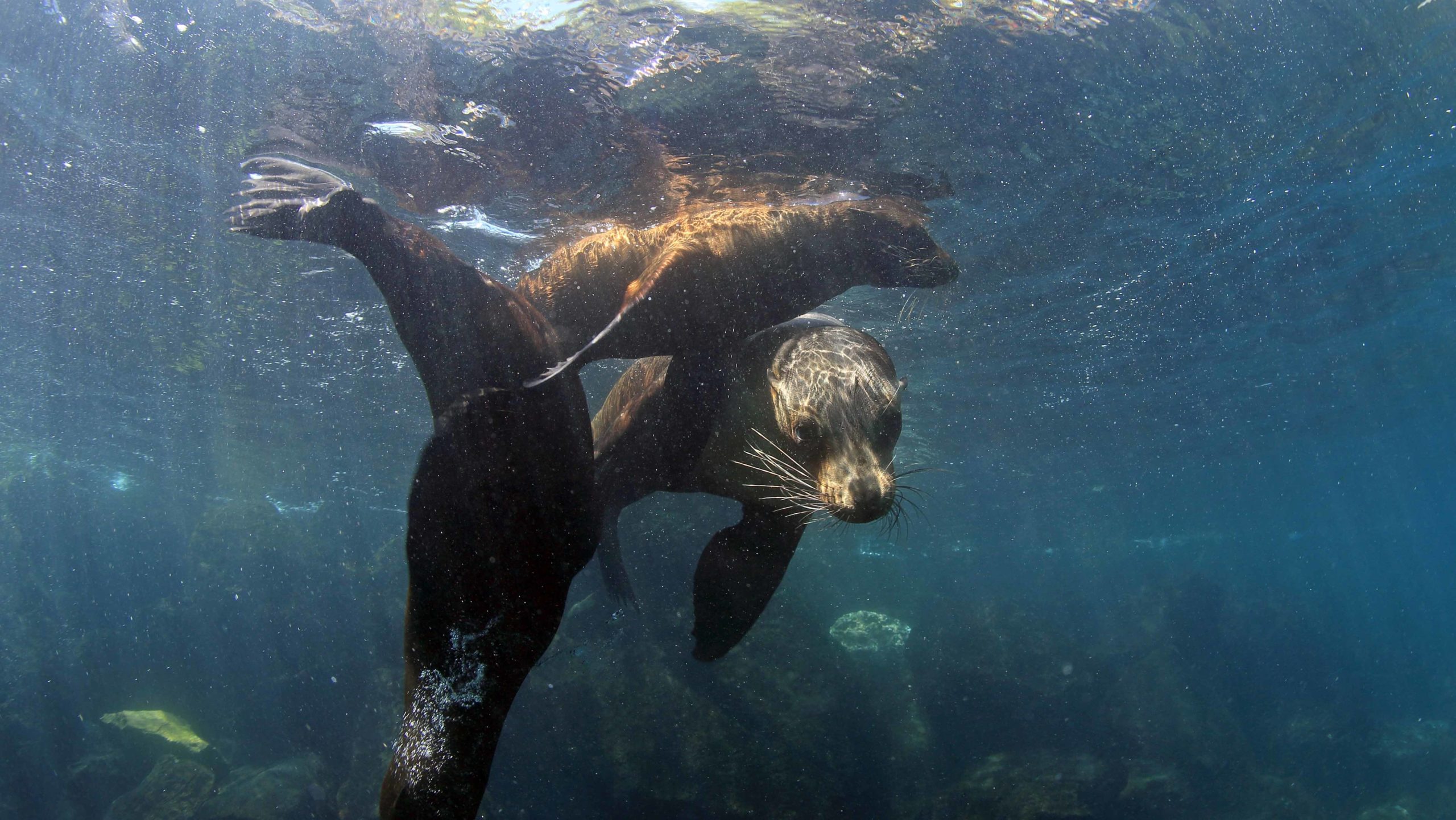
Imagine slipping into crystal-clear turquoise waters where playful Galápagos sea lions dart, spin, and swirl around you. Students are often amazed when these curious animals mimic their movements, turning a simple swim into a fascinating close-up encounter with one of the archipelago’s most charismatic marine mammals. This experience offers a front-row seat to observe how sea lions interact within ocean food webs and ecosystems, while also showing how their behavior reflects the health and balance of the marine environment.
Educational Focus:
Core Concepts: Marine food webs, species behavior, and ecosystem dynamics.
What Students Learn:
Through the lens of biology, they explore animal behavior, predator-prey relationships, and the interdependence of species. In environmental science, they analyze marine ecosystems and learn how factors like overfishing or climate change impact sea lions and their prey. Meanwhile, geography lessons emerge naturally as students connect coastal and oceanic habitats to the species they encounter.
By observing sea lions’ playful social interactions, students also gain insight into marine mammal behavior and how these animals serve as indicators of ecosystem health.
Back in the Classroom:
- Build a Galápagos marine food web based on students’ firsthand observations.
- Discuss how changes in fish populations might affect sea lion behavior and survival.
- Reflect on animal behavior with questions like: “Why are sea lions so curious about humans, and what does that tell us about their environment?”
2. Spotting Darwin’s Finches – Evolution in Action
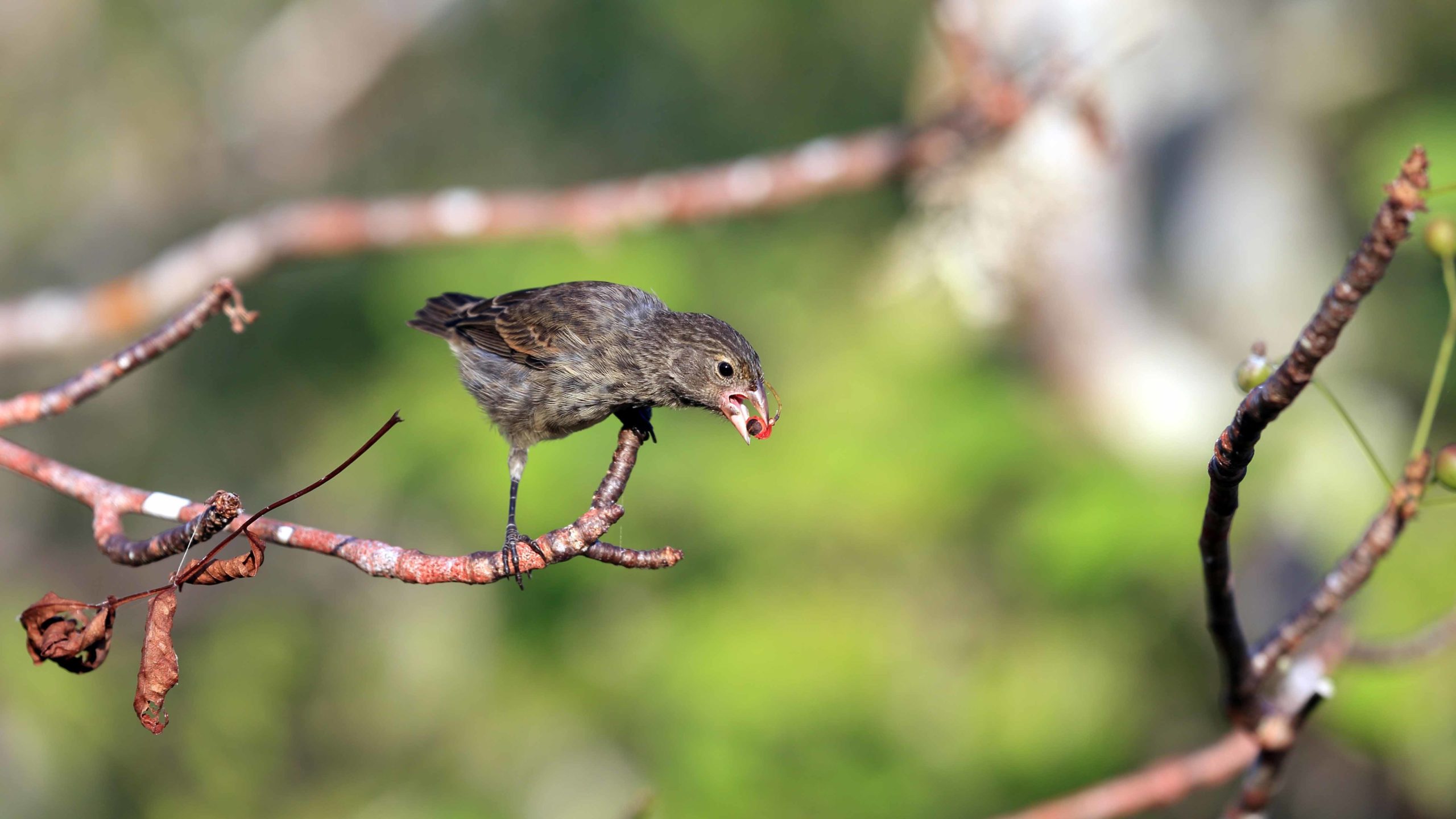
While hiking through the lush highlands of the Galápagos, students begin noticing small birds with a surprising variety of beak shapes. Guides explain how each beak is adapted to a specific food source, some for cracking seeds, others for catching insects. This simple observation becomes a living demonstration of the same phenomena that inspired Charles Darwin’s groundbreaking theory of natural selection. Students see evolution not as an abstract concept from a textbook, but as a living process still unfolding today.
Educational Focus:
Core Concepts: Evolution, natural selection, and speciation.
What Students Learn:
Through biology, they explore genetics, adaptation, and evolutionary biology, observing how specific traits (like beak shape) increase survival in particular niches. Ecology lessons emerge as students consider how isolation on different islands led to the diversification of species. By tying these observations to the history of science, they gain a deeper understanding of Darwin’s original insights and how they continue to shape modern evolutionary theory.
Back in the Classroom:
- Compare students’ photos or sketches of finches to scientific diagrams, noting variations in beak shape and function.
- Discuss how environmental changes (like climate shifts or food availability) could drive future evolutionary changes.
- Create a class activity where students “design” a finch beak for a new food source, applying the principles of adaptation and survival.
3. Visiting Giant Tortoises – Conservation & Human Impact
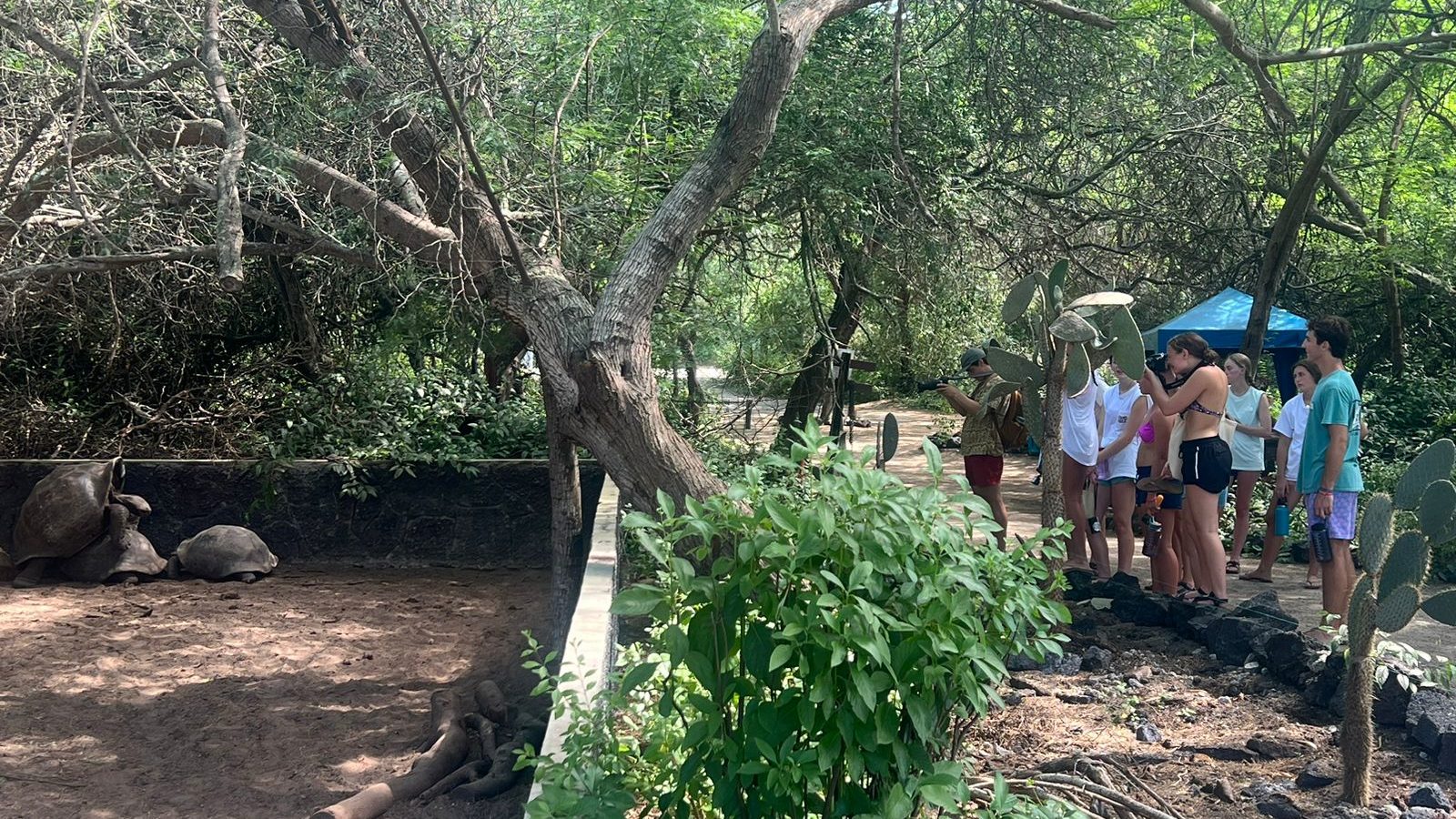
Standing face-to-face with a giant tortoise that could be over 100 years old is a moment students will never forget. They might watch these gentle giants slowly grazing in the highland grasslands or see hatchlings in breeding centers, learning about the species’ remarkable comeback from near extinction. Through these encounters, students gain a powerful understanding of how human activity has affected endemic species and the critical role that conservation programs play in preserving biodiversity.
Educational Focus:
Core Concepts: Conservation, human impact, and habitat restoration.
What Students Learn:
Students connect biology concepts such as endangered species, reproduction, and life cycles with environmental science topics like conservation strategies, invasive species removal, and ecosystem restoration. Geography comes into play as they explore how land use and habitat distribution affect tortoise populations. They’ll analyze the impact of human activity, past and present, on ecosystems and study how dedicated efforts, such as breeding centers, have led to species recovery.
Back in the Classroom:
- Create a visual timeline of the giant tortoise population decline, conservation milestones, and recovery efforts.
- Hold a class debate: “What should humans prioritize, saving individual species or protecting entire habitats?”
- Research and compare conservation success stories from other parts of the world.
4. Snorkeling with Sharks – The Role of Apex Predators
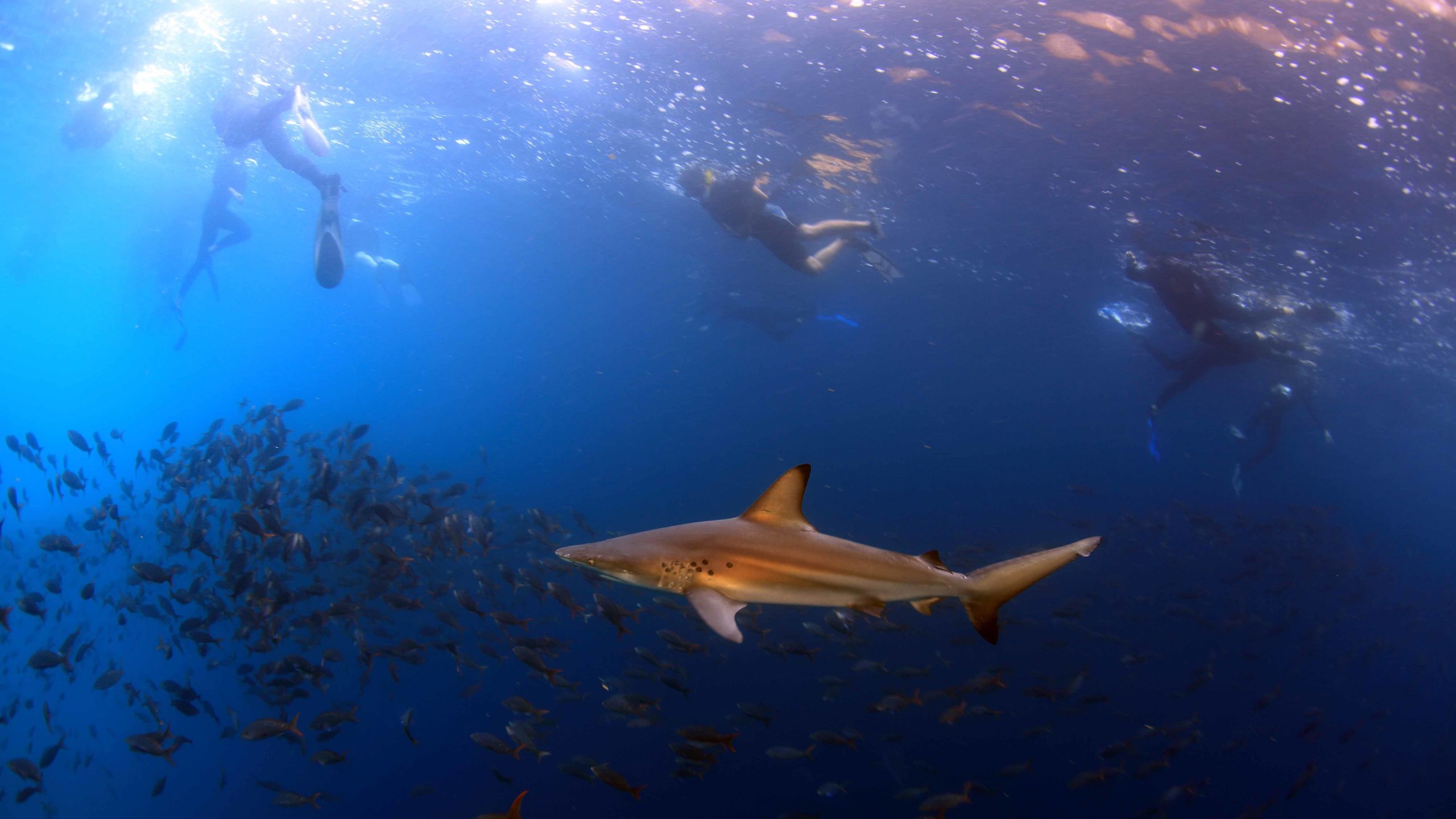
In the shallow channels of the Galápagos, students might quietly watch reef sharks glide effortlessly past, realizing these predators are not the fearsome creatures often portrayed in movies, but vital guardians of marine ecosystems. Guides share how sharks maintain balance in ocean food webs and why research projects, like tagging and tracking, are crucial for their protection. Students leave with a better understanding of the essential role apex predators play in healthy marine environments.
Educational Focus:
Core Concepts: Predator-prey dynamics, marine biodiversity, and conservation.
What Students Learn:
Students link biology topics like apex predator roles and ecosystem balance with marine science, exploring how shark populations influence species diversity and coral reef health. Lessons in media studies and ethics arise as they challenge myths and fear-based perceptions of sharks, learning to see them as keystone species rather than threats.
Back in the Classroom:
- Create a marine food web and predict how ecosystems collapse when apex predators like sharks are removed.
- Research shark tagging projects, exploring how migration data helps conservation efforts.
- Analyze media portrayals of sharks and discuss how public perception impacts conservation policies.
5. Hiking Sierra Negra Volcano – Geology in Real Time
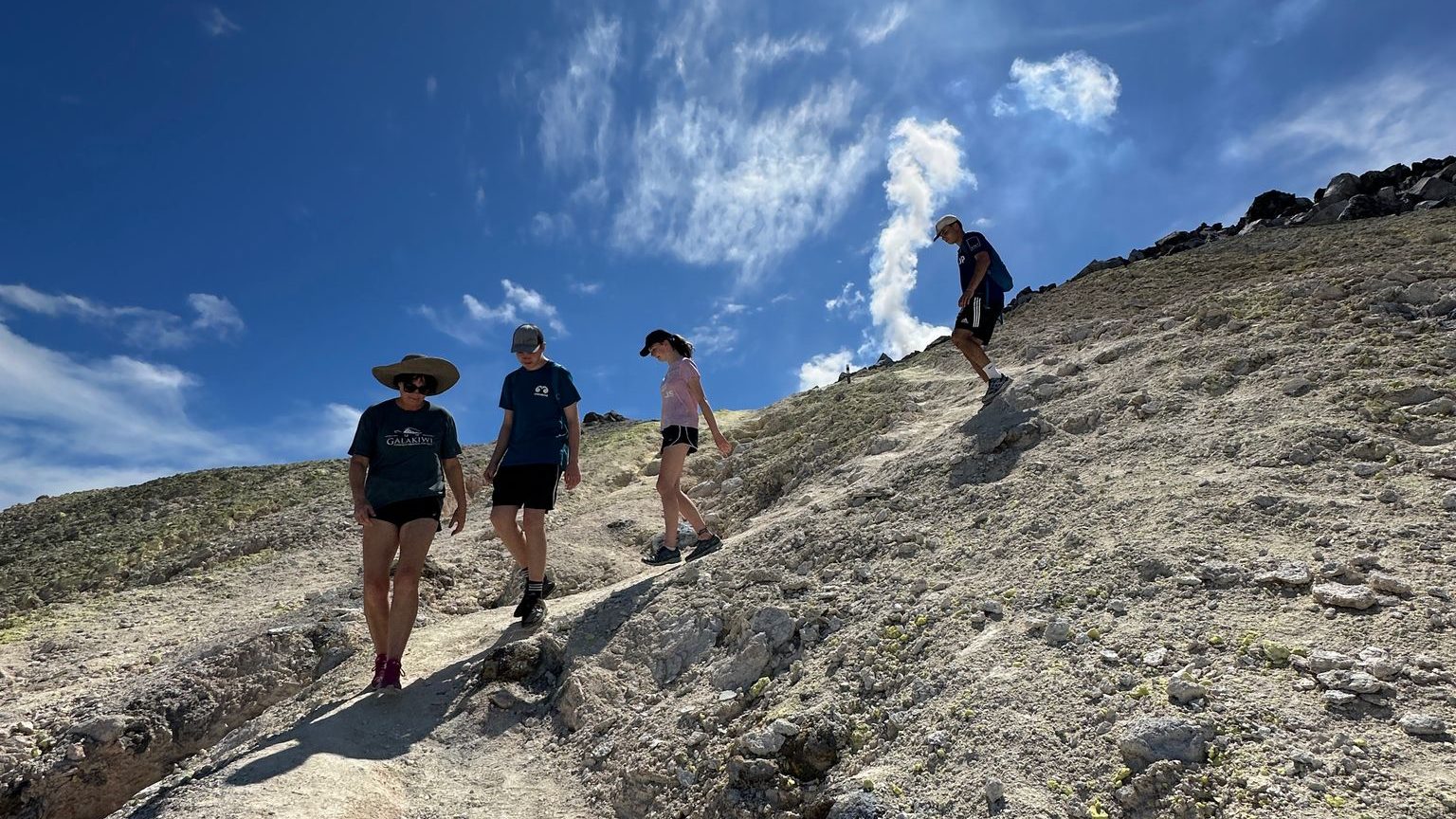
A trek across the stark black lava fields of Isabela Island leads students to the edge of the massive Sierra Negra caldera, one of the largest volcanic craters in the world. As they feel the warmth radiating from sun-heated rocks, guides bring the landscape to life, explaining how volcanic eruptions and shifting tectonic plates shaped the Galápagos Islands. It’s a hands-on lesson in Earth’s raw, creative power.
Educational Focus:
Core Concepts: Volcanism, plate tectonics, and ecological succession.
What Students Learn:
Students connect geology concepts like volcanic formation and tectonic activity with geography by analyzing physical landscapes shaped by eruptions. In environmental science, they explore how new ecosystems slowly emerge on volcanic terrain, linking geology to biodiversity.
Back in the Classroom:
- Sketch a cross-section of a volcanic island and illustrate the stages of ecosystem colonization.
- Debate: “How do volcanoes create, not just destroyopportunities for life?”
- Research how the Sierra Negra’s most recent eruption affected local wildlife and habitats.
6. Kayaking Through Mangroves – Climate Change & Blue Carbon
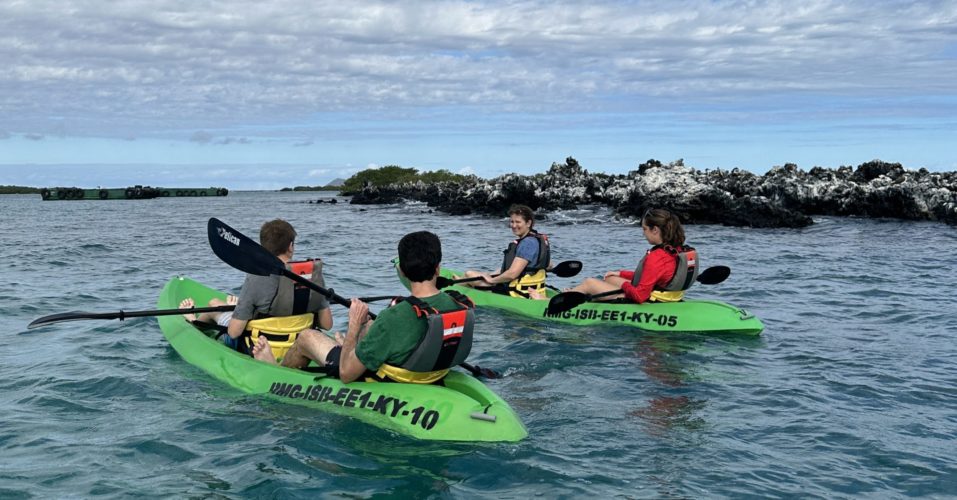
Gliding silently through calm mangrove channels, students spot baby sharks, fish, and crabs darting among the twisted roots. Guides share insights on how mangrove forests act as vital “blue carbon” sinks, storing large amounts of carbon while protecting coastlines from erosion and storms. This immersive paddle offers a firsthand look at a fragile but crucial ecosystem.
Educational Focus:
Core Concepts: Carbon storage, ecosystem services, and climate change vulnerability.
What Students Learn:
In environmental science, students investigate how mangroves capture and store carbon, helping mitigate climate change. Through geography, they explore the role of coastal ecosystems in shoreline stability. In climate science, they consider both mitigation and adaptation strategies linked to mangrove conservation.
Back in the Classroom:
- Research and compare the carbon storage capacity of mangrove forests versus tropical rainforests.
- Brainstorm ways that protecting and restoring mangroves can contribute to global climate change solutions.
- Discuss the importance of preserving nursery habitats for marine biodiversity.
7. Exploring Tide Pools – Biodiversity & Adaptation
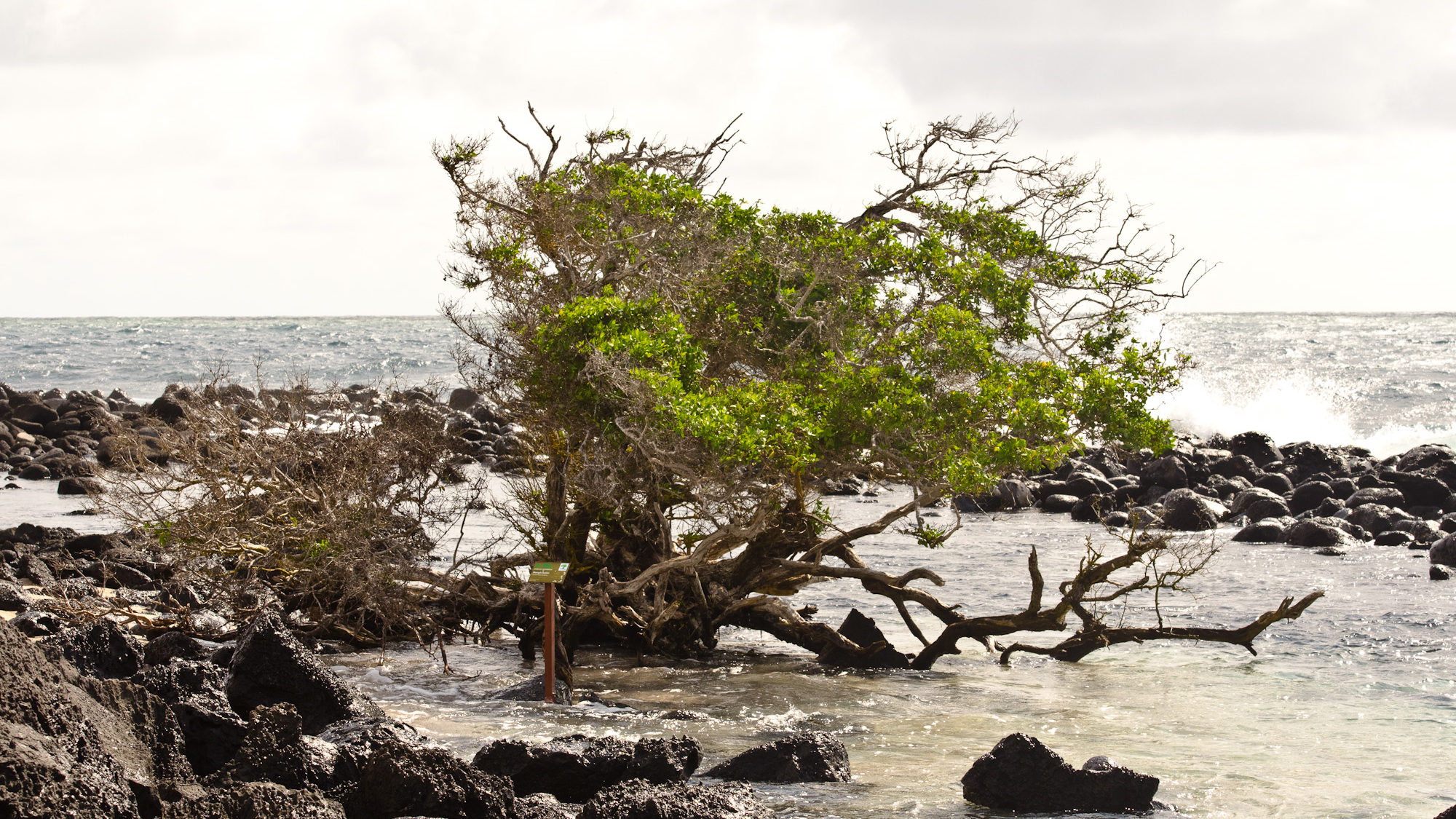
At low tide, students crouch over tide pools at Tintoreras, spotting starfish, crabs, and marine iguanas grazing on algae. This hands-on exploration allows students to examine the rich species diversity and observe unique adaptations that help organisms survive in the ever-changing intertidal environment.
Educational Focus:
Biodiversity, microhabitats, and resilience.
Subjects & Learning Opportunities:
- Biology: Study marine invertebrates and their specialized adaptations.
- Ecology: Understand the dynamics of intertidal zone ecosystems.
- Chemistry: Explore how factors like salinity and temperature influence water chemistry and organism survival.
Back in the Classroom:
- Compare adaptations of species found in high tide versus low tide zones.
- Collaborate on creating a “Tide Pool Field Guide” to document local species and their features.
8. Observing Marine Iguanas – Unique Adaptations
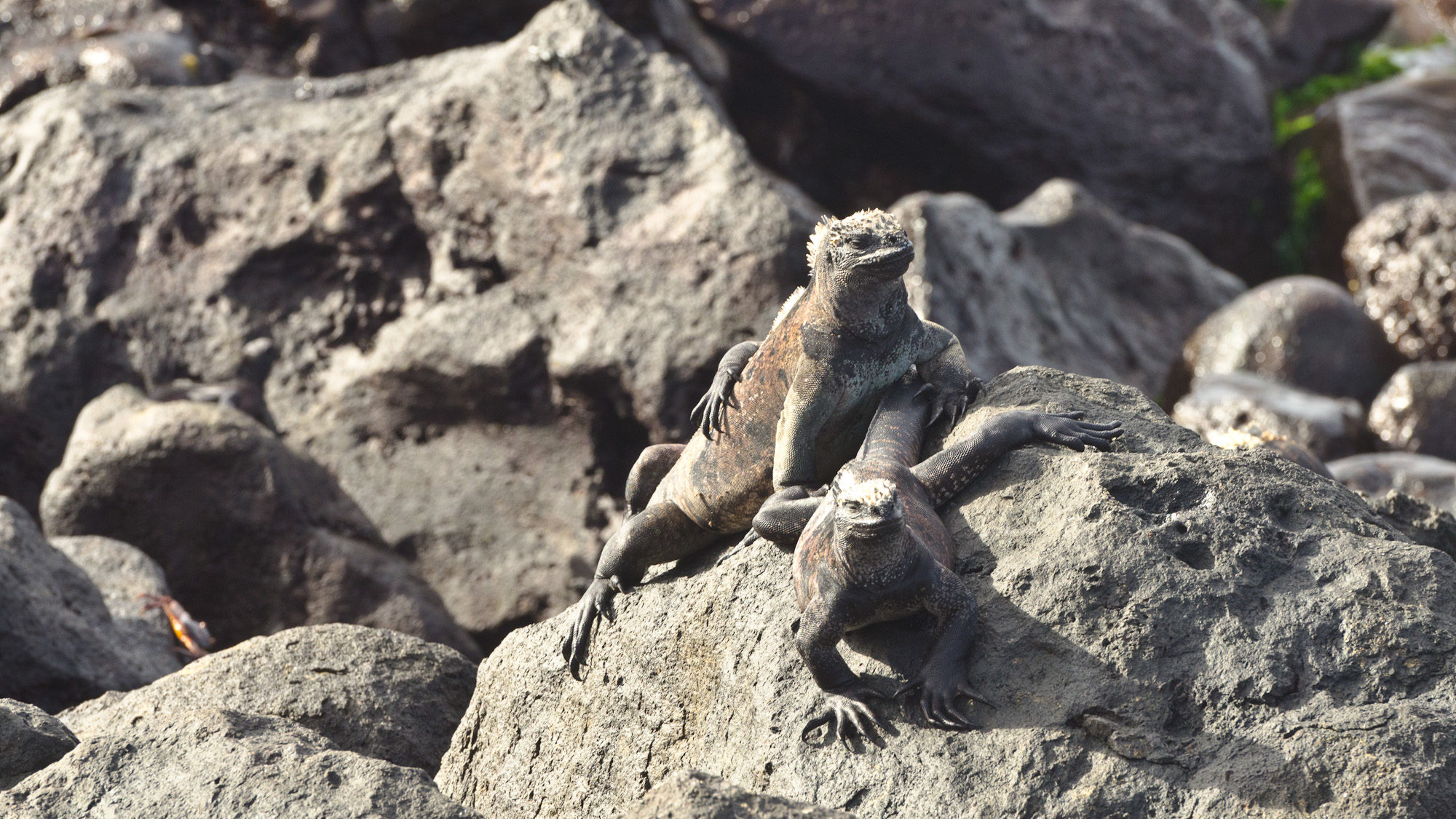
Watching marine iguanas sneeze out saltwater and bask on dark volcanic rocks fascinates students. Guides explain how these reptiles are perfectly adapted to ocean life. Through this encounter, students learn how marine iguanas thrive both on land and in the sea, showcasing endemism and niche specialization.
Educational Focus:
Unique adaptations and evolutionary specialization.
Subjects & Learning Opportunities:
- Biology: Study physiological adaptations that enable survival in harsh coastal environments.
- Evolutionary Science: Explore endemism and the evolutionary processes that lead to species uniquely adapted to isolated habitats.
- Ethology: Observe animal behavior across different environments.
Back in the Classroom:
- Compare adaptations of marine iguanas versus land iguanas.
- Discuss the environmental pressures that may have driven the evolution of marine iguanas’ unique traits.
9. Visiting Local Farms – Sustainable Tourism in Action
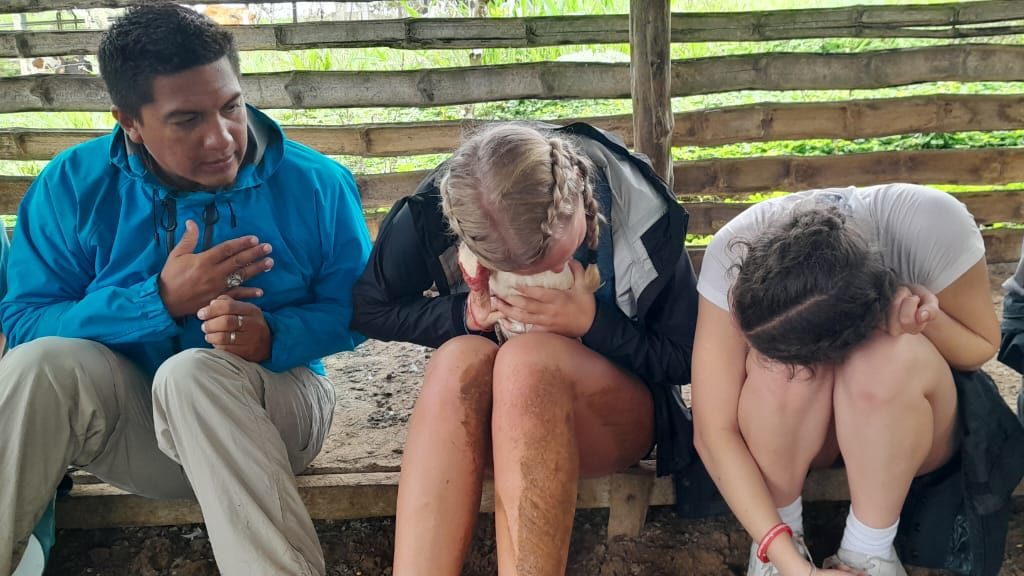
Students meet local farmers who grow organic produce or participate in conservation projects, gaining firsthand insight into how tourism supports both communities and wildlife. This experience highlights the interconnectedness of sustainable agriculture and ecotourism in preserving the Galápagos.
Educational Focus:
Sustainable agriculture and local economies.
Subjects & Learning Opportunities:
- Geography: Land use and resource management in fragile ecosystems.
- Economics: Sustainable development and the livelihoods supported by responsible tourism.
- Environmental Science: Organic farming methods and permaculture principles.
- Social Studies: Community development and the social impacts of tourism.
Back in the Classroom:
- Analyze a case study: “How does tourism help protect the Galápagos?”
- Brainstorm ways to promote sustainable tourism practices in students’ own communities.
10. Walking in Darwin’s Footsteps – History of Science
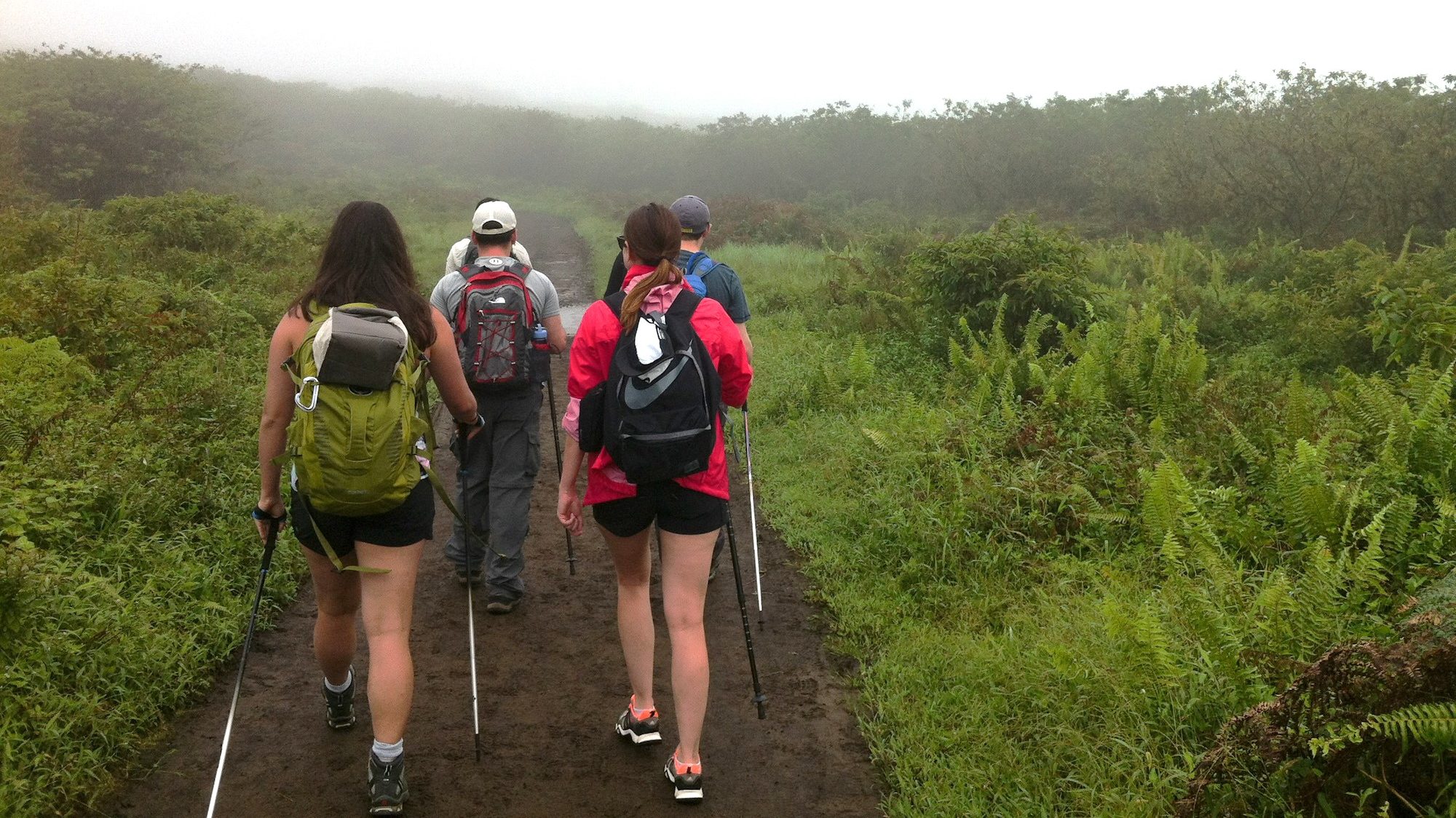
Standing on the very islands that inspired Darwin’s theory of evolution, students develop a tangible connection to one of history’s greatest scientific breakthroughs. By retracing Darwin’s journey, they explore how place and observation shape discovery and inquiry.
Educational Focus:
Scientific discovery and historical context.
Subjects & Learning Opportunities:
- History of Science: Darwin’s voyage and its enduring legacy.
- Philosophy: The nature of scientific inquiry and the scientific method.
- English/Language Arts: Reflective writing and travel journaling to process experiences.
- Biology: Foundations of modern evolutionary theory.
Back in the Classroom:
- Read excerpts from Darwin’s journals and compare his observations with students’ own experiences.
- Discuss how contemporary scientists continue to study and learn from the Galápagos Islands.
Make Your Educational Trip Unforgettable!
Every Galápagos experience sparks curiosity that teachers can transform into meaningful lessons back in the classroom. With thoughtful planning and expert guidance, a trip to these islands becomes much more than a memorable adventure, it becomes a powerful catalyst for deeper understanding and inspiration, helping to shape the environmental leaders of tomorrow.
Ready to create an educational journey that truly makes a difference? Explore our specially designed Educational Tours for Student Groups and book a discovery call with our team today. Let’s tailor the perfect Galápagos adventure that aligns with your class’s learning goals and ignites a lifelong passion for conservation.
